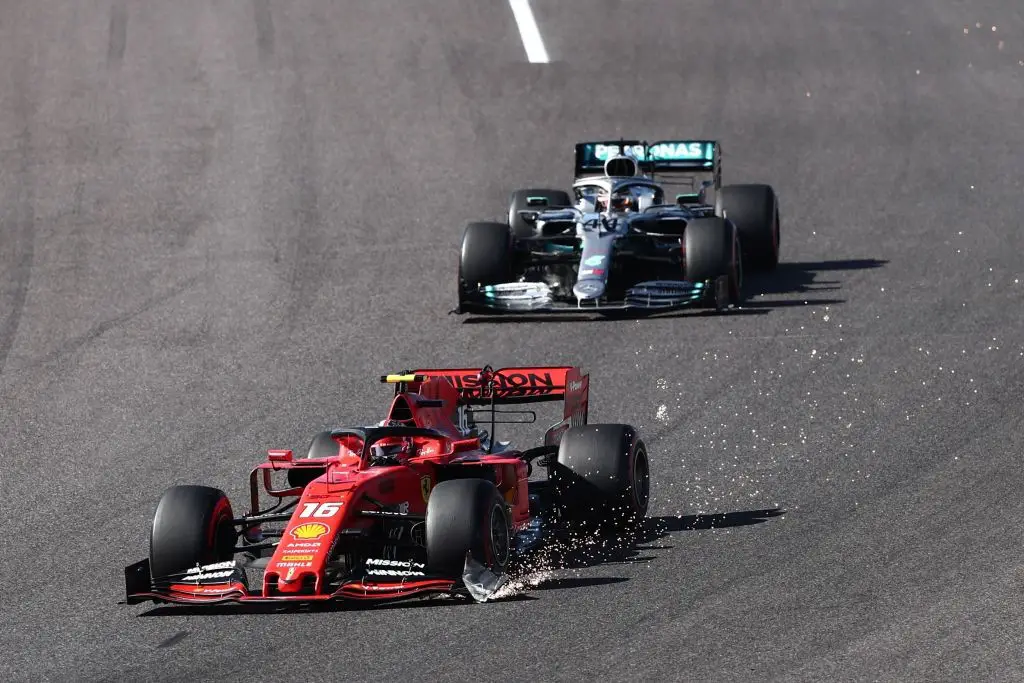Formula One celebrates its 70th birthday in 2020, with the first race taking place at Silverstone on the 13th of May 1950.
A lot has changed since then, with the commercialization and professionalization of the sport, it turned from a collection of wealthy motor car enthusiasts into a multi-billion dollar business that traverses all continents and attracts sponsorships from some of the biggest brands on the planet.
But just as much has changed in the last 20 years as it did in the first 50 years of the sport and the rate of technical and commercial advancement has significantly increased.
F1 racing has seen many names and faces come and go in that time, and many other elements changed as well.
The Cars
The cars of the early 2000s were very different from the 2020 spec bolides. Even at first glance, there are some major aesthetic differences.
The double championship-winning Ferrari F1-2000 had a much narrower front wing that didn’t stretch the full width of the car. It had side pods that were much straighter, and a front nose cone that was raised much higher in the air than is now permitted.
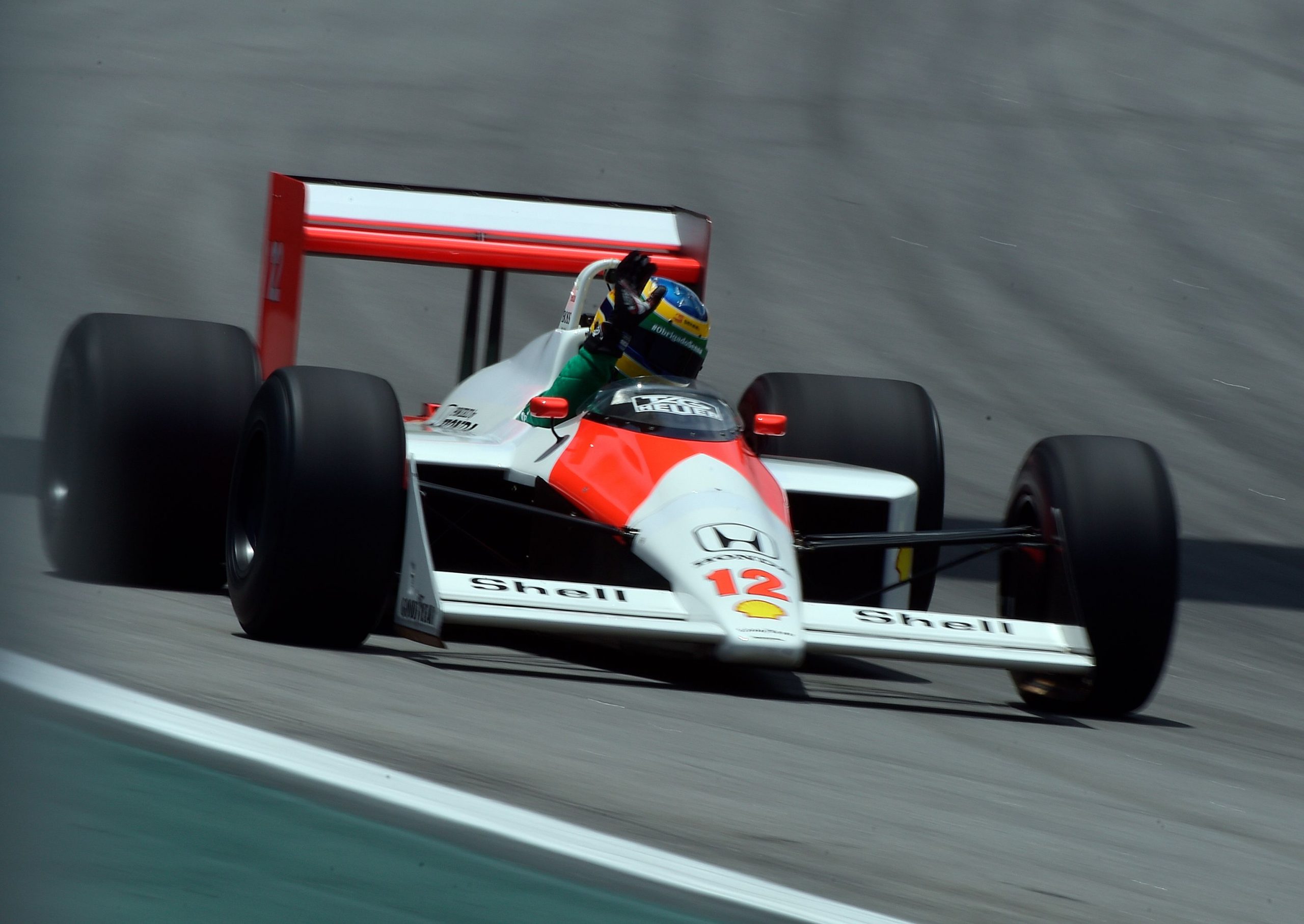
Overall, the car is much more square that 2020 cars, with the more sculpted bodywork not appearing until 2002 onwards.
Perhaps most striking of all is the lack of halo, the driver safety device added from the 2018 season onwards. Combined with much lower cockpit sides, this leaves the drivers head much more exposed than in recent years.
Inside the 2000 car was a 3-litre, naturally aspirated V10 engine that produced 800 bhp. This is less than the nearly 1,000 bhp generated by the 1.6-litre turbocharged V6 engine that is installed in the 2020 Formula 1 cars.
Safety
The FIA made a big step forward in safety after the tragic 1994 season and by bringing in many measures throughout the 1990s, it has continued ever since. The aforementioned halo and higher cockpit sides are one of the most visible differences, but many more subtle changes have taken place too.
The crash structures are required to withstand much higher forces in 2020, with the FIA mandating stronger cars every year.
The HANS devices that drivers wear over their shoulders were introduced just over a decade ago and have provided passive neck protection to drivers involved in crashes. Drivers now also wear a “bionic glove” to monitor their vital signs so that doctors can monitor their health before they even get into a crash.
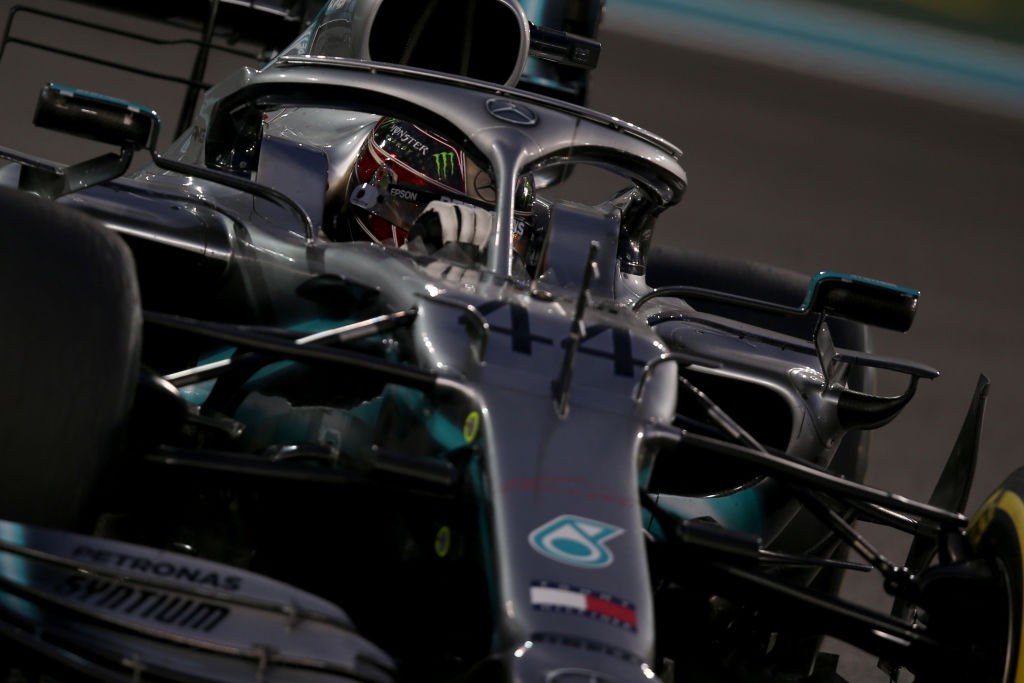
The Virtual Safety Car is a relatively new concept, introduced after the tragic events of the 2014 Japanese Grand Prix.
is means that marshalls and recovery vehicles never appear on a live circuit, which was still a common sight less than 10 years ago. The same goes for media in the pitlane during sessions after a wheel got loose and rolled away during the 2013 German Grand Prix.
TV Broadcasting
A lot has changed for fans watching Formula 1 on TV in the last 20 years too. The on-screen graphics have morphed several times, with three major shifts and some small minor revisions made for every season.
Today, fans have more information available to them today than ever before. In 2000, the world-feed graphics package was the same as when it was introduced in 1994 with large blocks and simple information.
At the same time, F1 Digital offered many features that are available today, including a lap counter and a live rev counter. Must of this was moved into the main world feed in 2004.
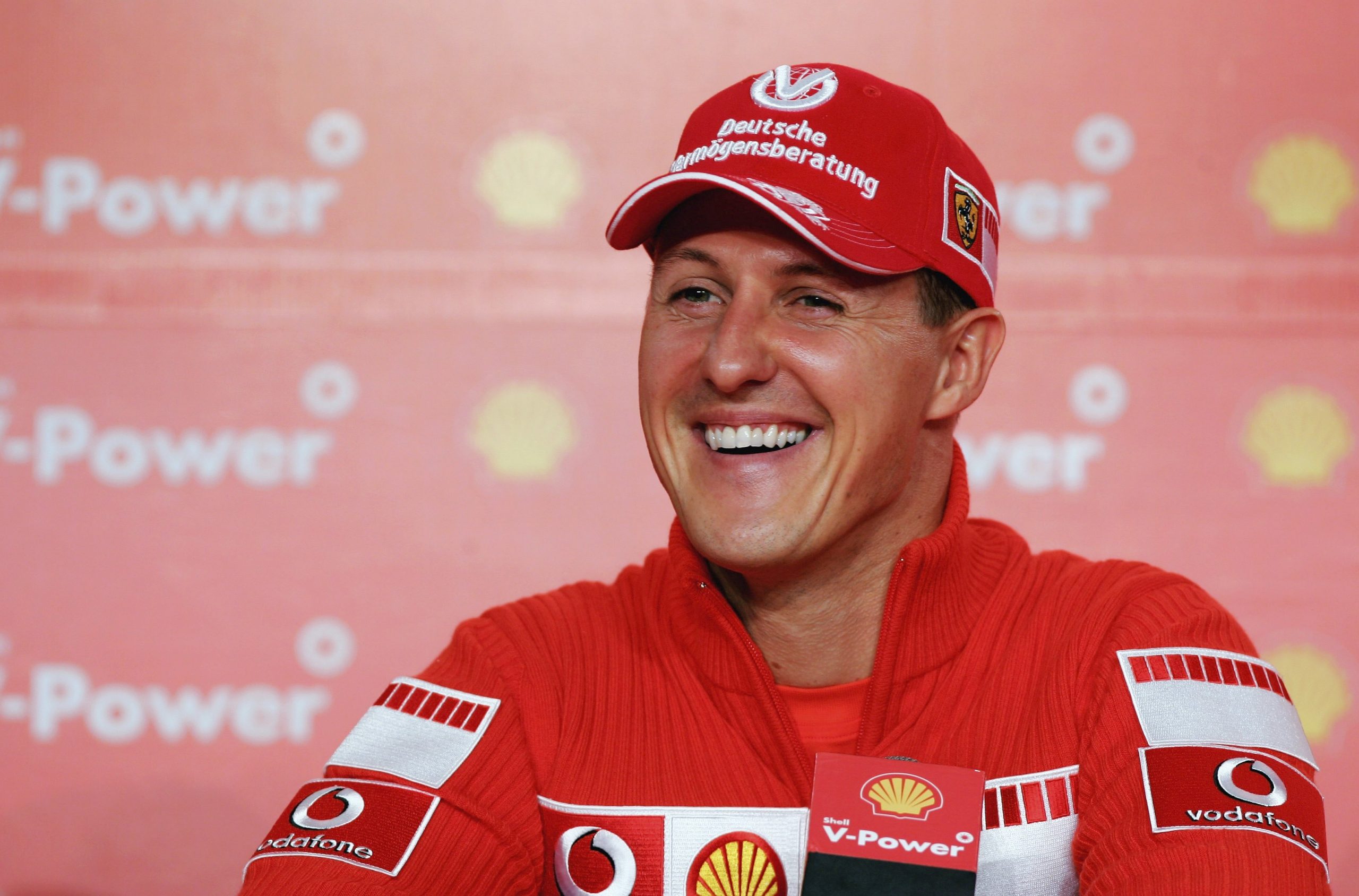
Today we can follow interval gaps, a g-force meter, tire temperatures, a position ticket, lap time comparisons, race control messages and more.
Augmented reality is now also used to add some updates to championship positions and other info. These all make it easier to follow what’s happening on the track.
Formula 1 is also not available on free-to-air channels in many countries in 2020, while it was much more accessible in 2000.
Sports Betting
Betting on Formula 1 has changed a lot over the last two decades. The sport doesn’t see as many fans making wagers than with other sports, although it has become more popular in recent years.
This is partly due to the easier access to online bookmakers, many of whom offer bonus bets to new customers. There also has been a proliferation of mobile apps that make it easier to place bets during races while watching the action on TV.
Tires
In 2000, Formula 1 was at the height of the tire wars. Bridgestone and Michelin were supplying different teams in a way that added another element of variability to races. Some tracks were suited to Bridgestone tires, while others favoured Michelin.
Today, Pirelli is Formula 1’s single supplier. This means that tires are standardized for each team and are more conservative since there isn’t a development war between the two companies.
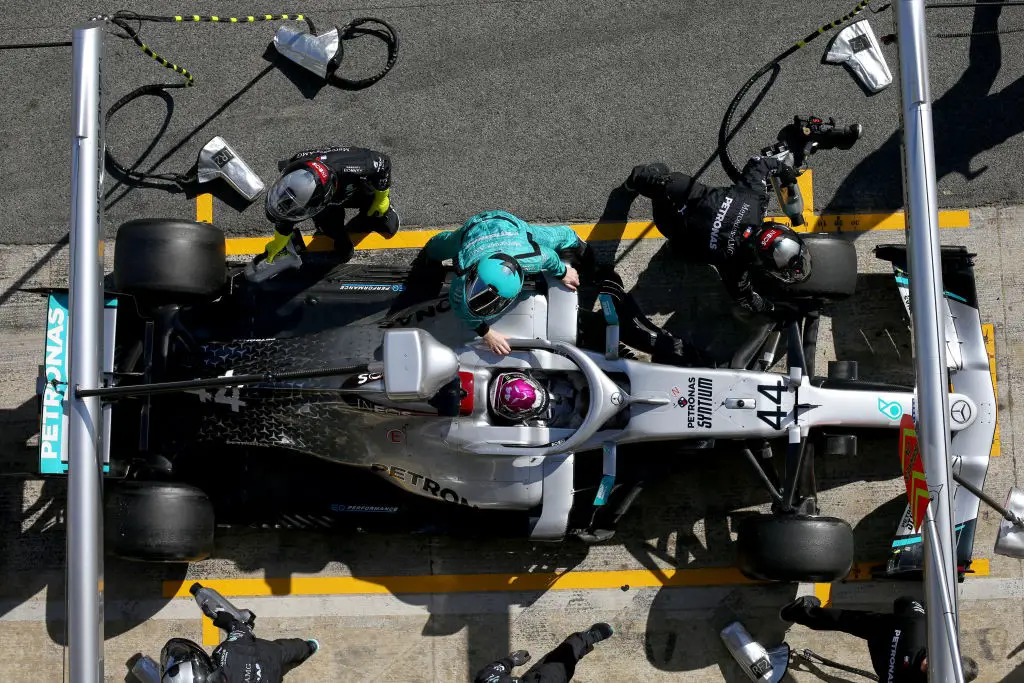
Tyres 2000 also had grooves in them. These were introduced in 1998 as part of the FIA’s attempts to improve safety. The grooves in the tires meant that cars would have a smaller contact patch with the track, and therefore the cornering speeds would be reduced.
After 11 years, the sport changed back to slicks in 2009 when it went through a major rules overhaul. The philosophy of car design had changed, with engineers wanting to get more mechanical grip from slick tires instead of aerodynamic grip from wings.
This was supposed to help to overtake and wheel to wheel racing, although there continues to be debate around how successful this switch was.
Refuelling
In 2000, Formula 1 was in the middle of the re-fuelling era which saw drivers pushing their cars to the limit during races since they were not needing to conserve fuel or worry about the additional weight from the fuel.
From 2010 onwards teams have had to start the race with enough fuel to get to the end of the race, placing more emphasis on tire strategy and requiring the driver to adapt their driving style over the course of a race as the cars got lighter.
There continues to be a lot of debate about whether refuelling (or not) is better during a race, this is something that hasn’t changed in the last 20 years.


